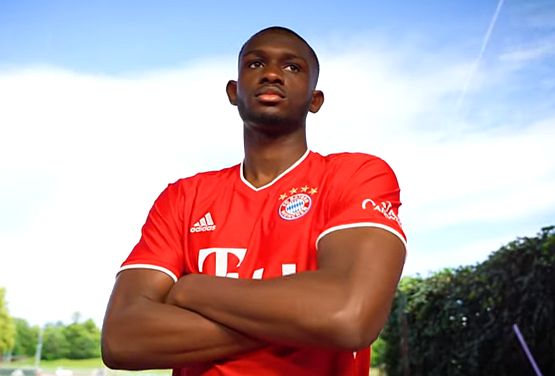The emergence of the ball-playing centre back by Jake McGhee
Introduction
For the longest time creativity in a team was down to the midfield, the beating heart of the team were expected to architect the team’s attacks and create the chances, wingers were the only other position that was granted some form of creativity, being expected to sling in crosses and skip past their man. The strikers were expected to latch onto these chances and dispatch, with the defenders being left to defend and ensure that nothing got past them. These rigid expectations have been smashed into pieces recently with creative influence being spread throughout the entire pitch, (yes, even the goalkeeper to a certain extent, Ederson is the example that springs to mind).
Strikers have more freedom to be creative now with many of them dropping deep to become involved in play, a key player to highlight is Thomas Müller who has essentially coined his very own position, the Raumdeuter. His job is to create space using his football IQ and knowledge of the game, a role which has been pivotal in Bayern’s dominance of the Bundesliga along with profound European Success.
Defenders are also enjoying their newfound creative capabilities with many managers modernising their style of play to allow their defenders, particularly centre backs to become more involved within the game and have more of a creative role as opposed to the traditional no-nonsense approach. This article will focus on this; the birth of the ball-playing centre back.
What is a ball-playing centre back?
The ball-playing centre back does what it says on the tin, plays balls. However it’s not as black and white as this. The ball-playing centre back works best in a back 3, the width of the pitch is available to be exploited by any of the centre backs, allowing for more options for a pass alongside the chance to make progressive runs, the possibility of having a man ahead of the ball also arises which is beneficial to the team. A ball-playing centre back often has the role of making forward runs which the ball, Kristoffer Ajer is a brilliant example of a centre back who is comfortable in doing this, his time at Celtic is laden with many solo runs and inch-perfect passes being played as a result of this progressive, positive play that is expected for a ball playing CB.
Ajer is a CB who loves to bring the ball forward out of defence, but there are a number of CB’s who operate in the ball-playing role while staying in their position, Diego Almeida is one of these players, the 17 year old who plays his football at the prestigious La Masía has proven time and time again that he can play a killer pass or simply drive his team up the park with a well placed ball, however it isn’t exactly surprising to hear of a Barcelona youngster who can do this, after all this style of play is implemented in the Barça DNA from the second a youngster steps foot in the academy.
A player who I am particularly impressed with is Anel Ahmedhodžić, Malmö’s stalwart is rapidly establishing himself as an incredibly promising young centre back, his 6”4 frame is deceiving as he is surprisingly agile and comfortable on the ball, however his passing is seriously impressive. The young man is a brilliant ball player who has consistently displayed a wide range of passing along with an impressive knowledge of when and when not to play the ball safe or gamble on a more dangerous pass. Anel has recently become the highest valued player in the Swedish top flight according to Transfermarkt, a very notable accolade at the age of 22.
Perhaps the most well known name on my list is Tanguy Kouassi. Having recently secured a move to Bavarian giants Bayern Münich the young Frenchman has featured a total of 4 times, in this short space of time Tanguy has shown his ball-playing abilities alongside his skill in beating the press and unlocking the midfield to spray a ball out to the wingers or inside the park to find the ever-present Thomas Müller. In his time at Bayern he’s already picked up an assist against Hertha Berlin in arguably his best display in a red shirt yet. Tanguy averages 5.2 progressive passes per match alongside 61.6 completed passes per 90, a great achievement for a centre back of his age, especially in a league like the Bundesliga.
Conclusion
Football is rapidly modernising with new positions and roles coming into play, the ball playing CB is undoubtably one of the most exciting things to emerge from this new generation of football. The role will undeniably have a key role to play in many years to come as more and more managers begin to incorporate the role into their teams.
With the BPCB’s ability to change a game by picking a killer ball or beating the press with their dribbling ability they are truly boosting the quality of teams and football in general making for a very exciting future.







